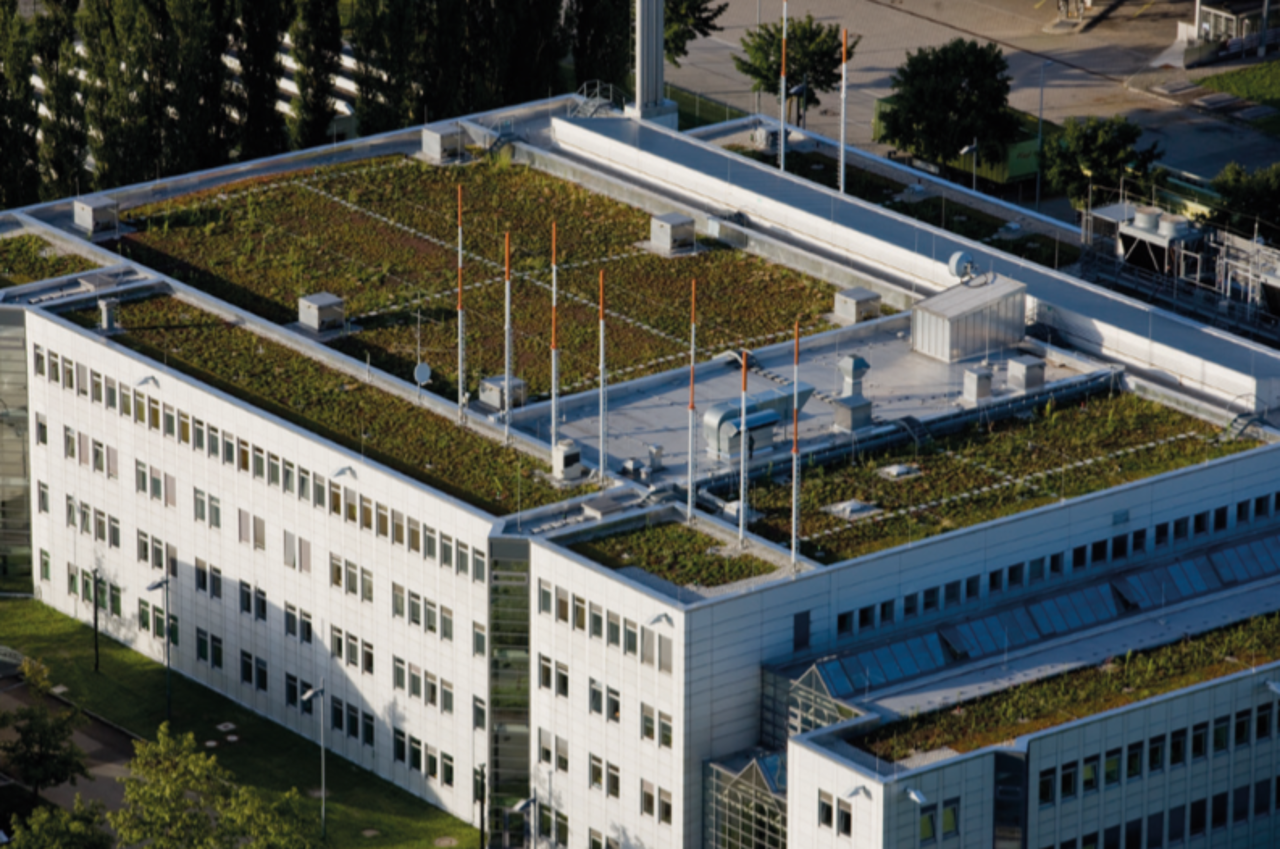Certium VCS for virtual center solutions
Due to its full IP system architecture and distributed infrastructure, the CERTIUM VCS is perfectly suited for integration into a virtual center.

Due to its full IP system architecture and distributed infrastructure, the CERTIUM VCS is perfectly suited for integration into a virtual center.


To optimize safety and cost structures and improve air traffic control services, air navigation service providers need solutions that help them share resources for air-ground and ground-ground communications between centers. They are even going one step further by defining independent centers as backups for one another. As a result, if catastrophic events occur at one center, the backup center can take over all communications operations, using unaffected air-ground and ground-ground resources.
The challenge is providing access to every air-ground and ground-ground resource during normal operations as well as in joint deployment scenarios. It is also important to keep the system configurations aligned between the involved centers.
IP based communications infrastructure like the CERTIUM VCS addresses the challenges virtual center installations are facing.
Due to its full IP system architecture and distributed infrastructure, the CERTIUM VCS is perfectly suited for integration into a virtual center.
Resource sharing
The EUROCAE ED-137 standard specifies the use of IP for voice communications in ATC environments. In particular, it defines the interface between a voice communications system (VCS) and radios and between VCSs. It also specifies how several VCSs can access the same radios, including the relevant priority concepts to ensure reliable operation at all times. On the basis of this standard and the underlying IP infrastructure, VCSs can address any air-ground and ground-ground resource from different regions, even when one facility is not operational.
Reliable communications
Each center has to be aware of the current system configuration and of any changes in the air-ground and ground-ground resources that have been made. Using well-established, intelligent IP mechanisms, VCSs can align their system configurations even if one center has been offline for a while. Having two identical systems that are located several thousand kilometers apart but have access to all air-ground and ground-ground resources boosts the overall availability of the voice communications network: a complete outage at one facility will not affect operation at the other location. If one facility fails, the second center can access unaffected communications assets to ensure continuation of the disabled ATC facility’s communications.
Secure communications
Whenever VCS networks are closely linked, network security becomes crucial. Well-established, intelligent IP mechanisms can be used to control how resources access the system. While these mechanisms have proven themselves in public and private telecommunications installations around the world, isolating the ATC communications infrastructure from public networks and running it as closed infrastructure remains the most secure solution.
The air navigation service providers of Iceland (ISAVIA) and Ireland (IAA) selected Rohde & Schwarz as a single supplier of their new air traffic service (ATS) voice communications control system (VCCS). ISAVIA and IAA operate a virtual control center to connect their Gufunes and Ballygirreen locations.
Rohde & Schwarz has delivered two fully IP ED-137 compliant CERTIUM VCS voice communications control systems as well as HF receivers from the R&S®M3SR Series4100 radio family. The systems provide communications services, including HF, VHF, SELCAL and SATPHONE, in the Reykjavik and Shanwick oceanic control areas (OCA).
The CERTIUM VCS solution consists of two independent systems. One is located in ISAVIA’s COM center in Gufunes, Iceland, and one in IAA’s COM center in Ballygirreen, Ireland. The direct link between the two voice communications systems allows advanced scenarios, such as resource sharing for air-ground and ground-ground assets and a virtual center setup.
The concept of a virtual center makes it possible to operate the VCCSs either independently in standalone mode or in joint operations. As a result, operators have access to all resources and functions of both VCCSs. In the event of a catastrophe, the advanced virtual center approach ensures operational continuity by reassigning resources within a supporting infrastructure to mitigate consequences. In case of failure, the second center is able to access unaffected assets (e.g. remote air-ground resources) and take over the disabled ATC center’s communications operations.
The system was integrated by Rohde & Schwarz.

